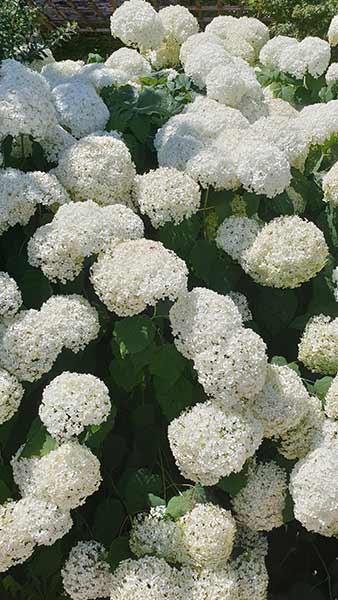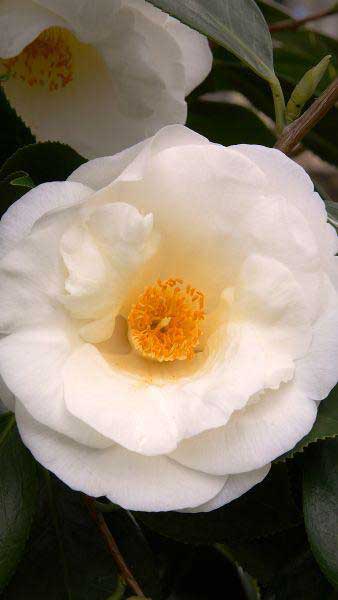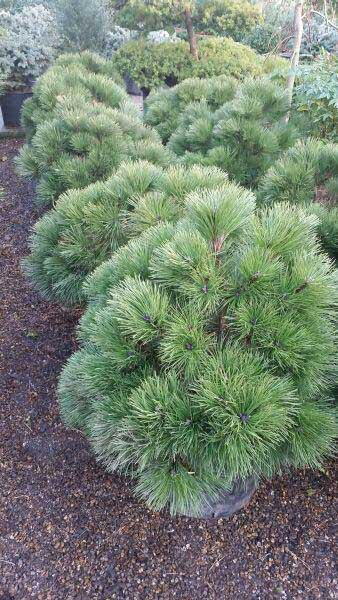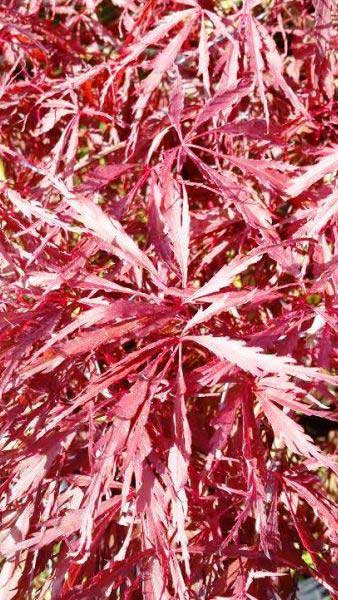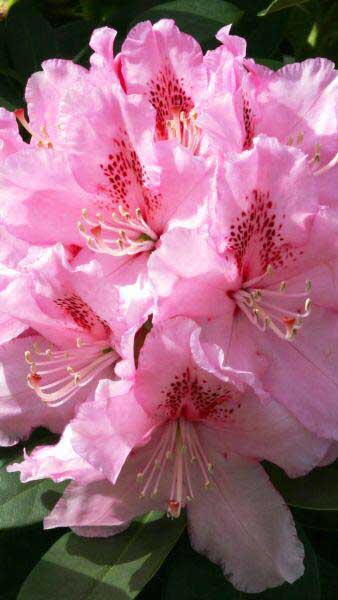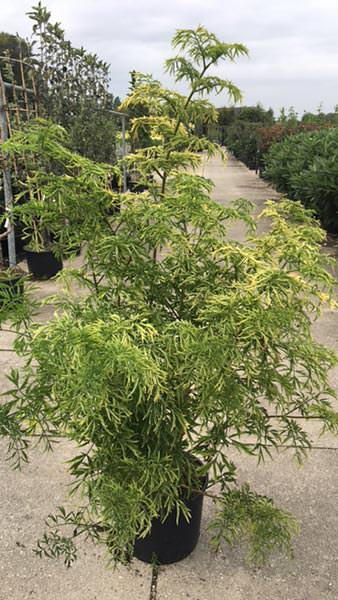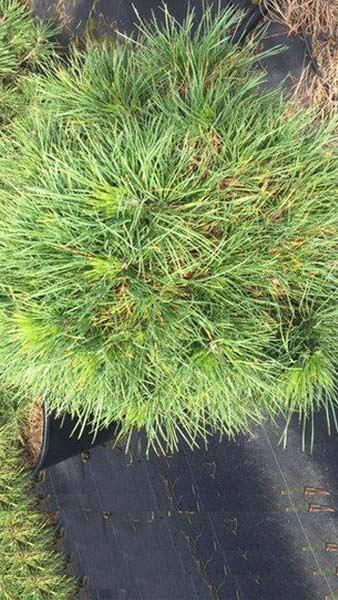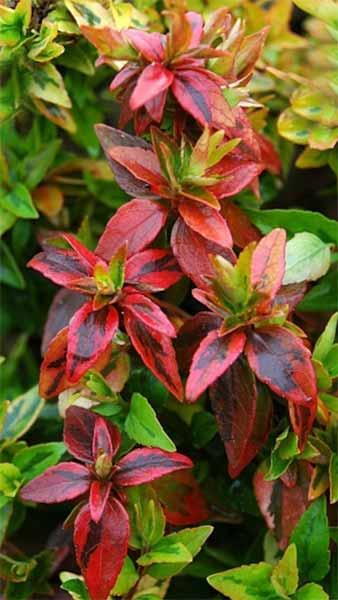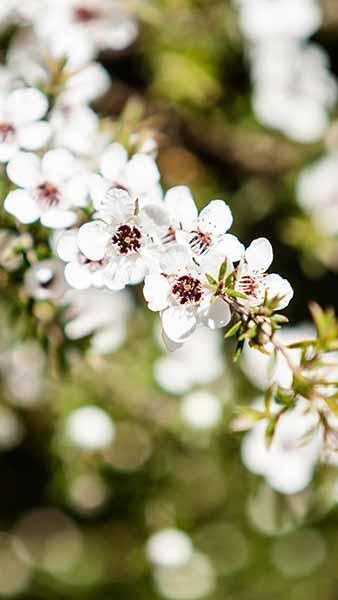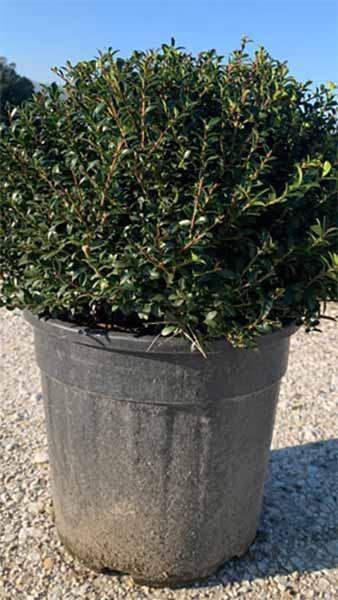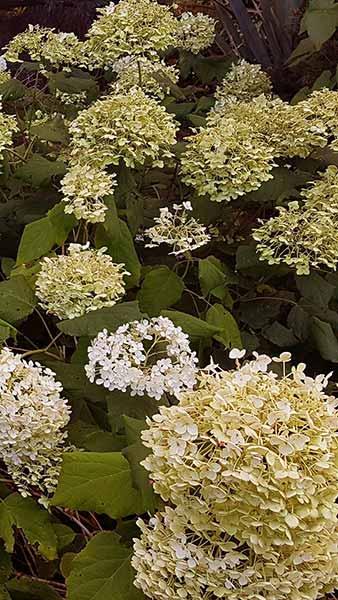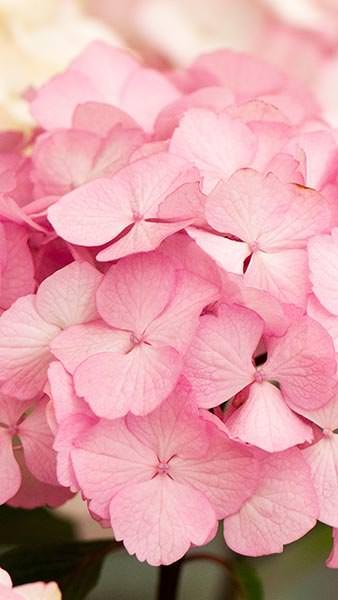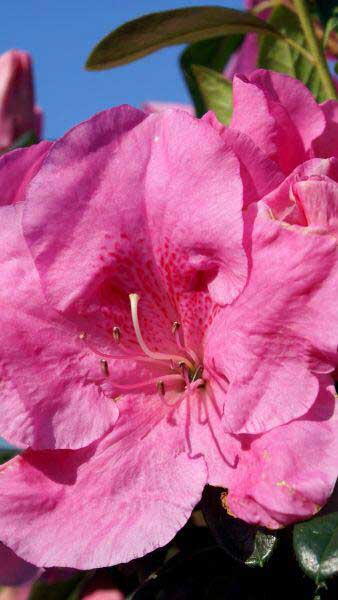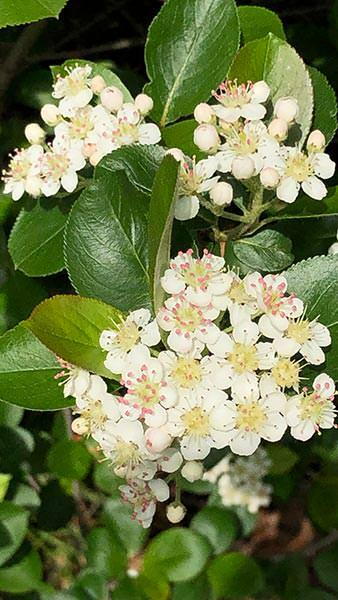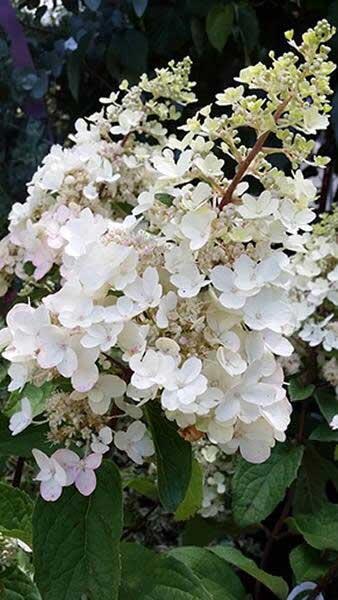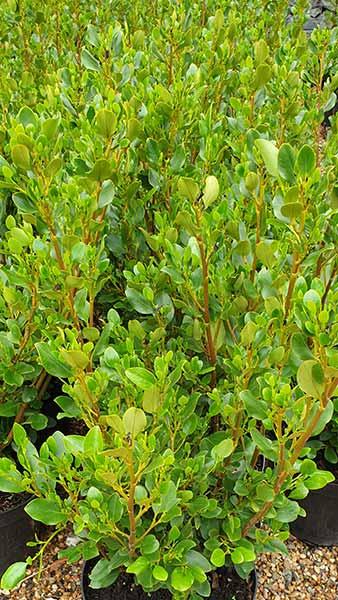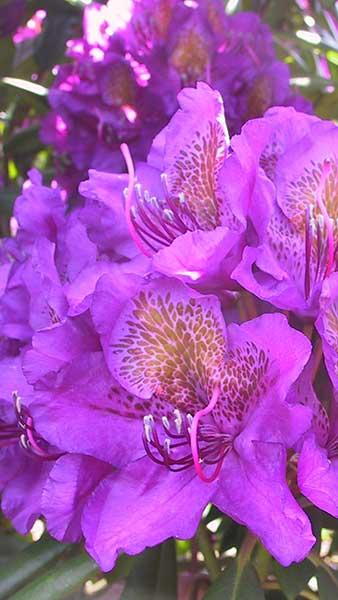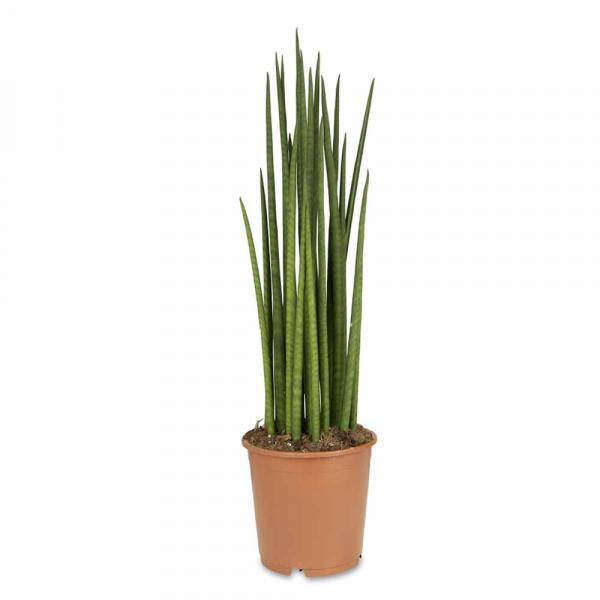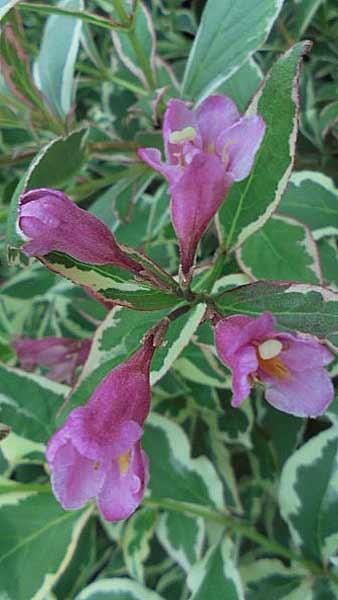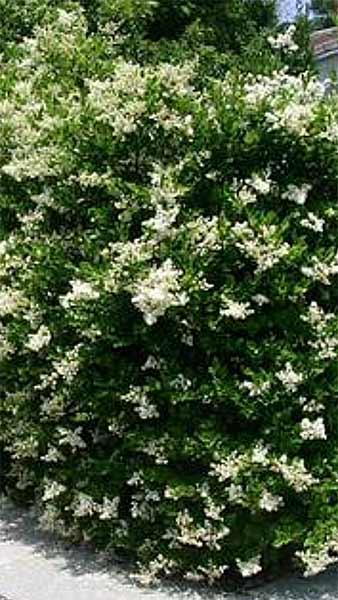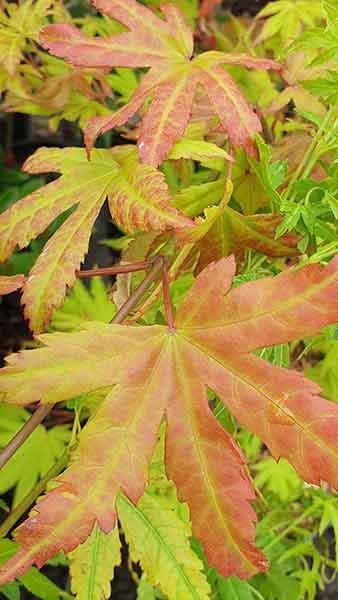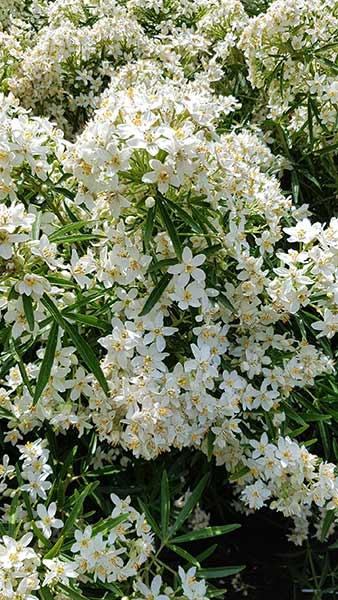Ilex Crenata Convexa Japanese Holly Convexa Topiary Balls
Japanese Holly Convexa Topiary BallsIlex Crenata Convexa, a popular variety of Japanese Holly, is a compact, bushy shrub, treasured for its glossy foliage. These particular specimens are sold as topiary plants shaped as globes. This form makes them an ideal candidate for a doorway plant, as well as adding texture and colour to a patio or balcony.Originating from a cultivar commonly referred to as the box-leaved holly, Japanese Holly Convexa displays the small, glossy, convex leaves, but has a denser habit than other varieties of the species. The impeccable, textured foliage is what makes this cultivar great for low hedging and topiary, as its lush habit lends itself well to trimming and shaping.Adaptable to various conditions and undemanding when it comes to ideal ones, this evergreen cultivar will thrive in any soil, including clay and chalk. To ensure your topiary plant is happy and healthy, plant it in a moist but well-drained soil. This variety tolerates partial shade but performs best in full sun.Apart from being easy to grow, this glossy shrub is easy to care for as well. One of the reasons why Japanese Holly Convexa is a popular choice for hedging and topiary is that, unlike box (buxus), it is resistant to blight and is generally considered trouble-free. The maintenance requires almost no effort, too, as a clip in midsummer will keep this topiary ball in perfect shape.Fully hardy in the United Kingdom, Ilex Crenata Convexa is not bothered by frost or winds. This tough cultivar can survive even if the temperatures drop to 20 degrees below zero, both in sheltered and exposed locations in the garden. Its desirable traits, reliable performance, and attractive looks earned Japanese Holly Convexa the prestigious Award of Garden Merit by Royal Horticultural Society.As these particular Ilex Crenata Convexa specimens we offer are already shaped as topiary balls, they are ready for planting in the garden or in a container. The architectural value and year-round texture of the leathery foliage make this cultivar a perfect candidate for adding interest to your doorway, roof garden, patio, or balcony. Grow it as a focus of interest in the garden, where its elegant form will surely be appreciated.We also sell llex Crenata Convexa hedging plants. For more lots more topiary shaped evergreens see our extensive topiary collection.
